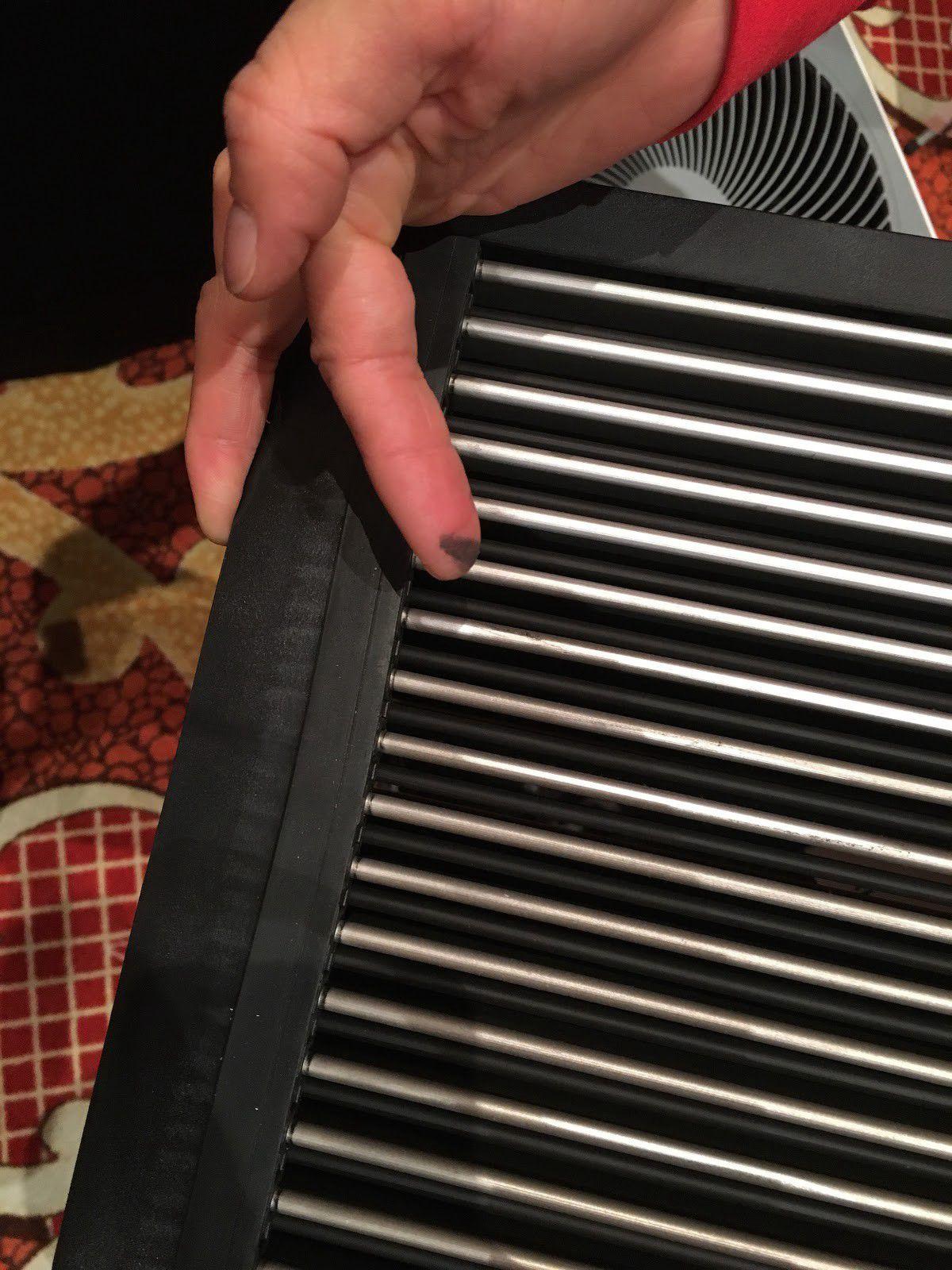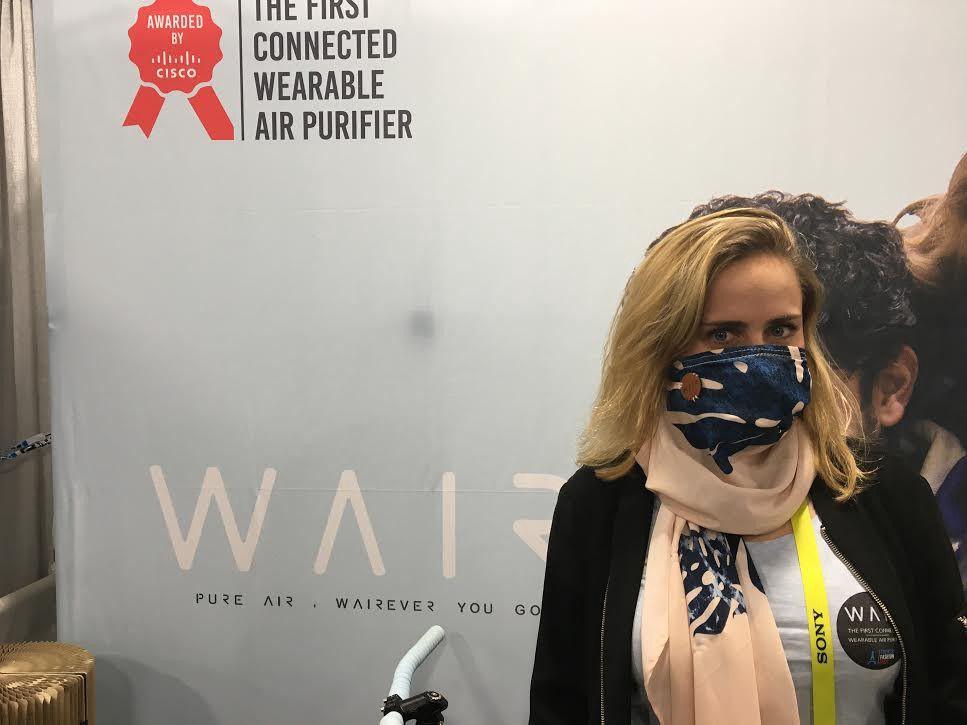Last spring, Mark Zuckerberg flew to China and went for a pleasant morning run in Tiananmen Square. He posted a cheery photo of the moment on his Facebook page. It would’ve been a very diplomatic gesture, had his visit not coincided with a weeklong stretch of hazardous air pollution — a relatively common occurrence in China’s capital. The response was a resounding: Why no mask? “I don’t understand why you would do something like this to yourself,” one user wrote in response. “If you need an air purifier let me know.”
Concerns of air pollution tend to be isolated to industrial cities abroad. But Donald Trump’s election and his appointment of several climate change deniers has spurred concerns that America may reverse its course of curbing environmental damage. Perhaps that’s why the emergence of high-tech personal pollution masks from companies at the Consumer Electronics Show feel prescient, if not appropriately apocalyptic. It’s only natural that if our increasingly globalized world continues to sink into a hazardous cloud of smog, we should have high-tech, stylish equipment to fight it.
This week at CES, San Jose-based air purifier company Airdog showed off a prototype that may have been particularly useful for Zuckerburg: a face mask that connects via tube to a portable air purifier that you strap on your arm. The contraption captures particles down to 14.6 nanometers, which include bacteria, pollens, and — most relevant to the future of our dear earth — tiny air pollutants known as PM 2.5. The filtering intensity of the battery-powered device can be manually adjusted, based on whether you’re running, walking, or just sitting in a haze of disgusting air. “If you live in the city, and you still want to exercise some, this is perfect,” Airdog CEO Yan Zhang told me as she stood beside a mask that looked like a prop from Contagion. She proceeded to remove a filter from one of her room’s air purifiers and ran her finger along it, picking up a film of black dirt to demonstrate the poor air quality of the Wynn Hotel ballroom. “This is what you’re breathing,” she said.

Her pitch was persuasive enough to get me to try on the device, which her company hopes to crowdfund in the coming months. It was relatively comfortable, if not a little bulky, and the flow of air into my nostrils was admittedly devoid of the faint tobacco stink that comes with Las Vegas’s permittance of indoor smoking. I attempted to jump in place, imagining the plastic tube at my side as I ran along the East River back home in New York. It was ridiculous, but maybe not out of the question.

Conversely, a company called Wair has approached the issue of air quality with a much more subtle face mask. Its mouth cover comes hidden behind a relatively stylish cloth scarf, with two tiny air fans and a subsequent battery pack to ensure you’re breathing crisper air. The garment, which will begin selling for around $150 next year and is being marketed to city bikers, looks almost normal, a slightly more practical way to address the uncertain symptoms of our future. And it is one of many modern entries into what is becoming a depressing niche market.
Face masks meant to battle air pollution in urban cities have been around for decades, but never before have they appeared as glitzy, tricked out accessories for urban dwellers. Whatever you think about the environment, they’re a telling capitalistic solution to a problem that’s the fault of capitalism in the first place.